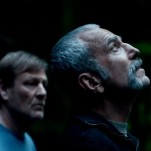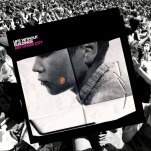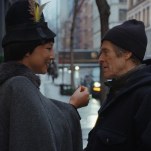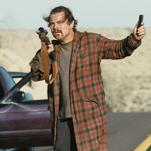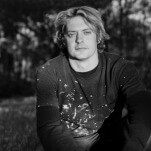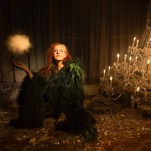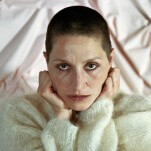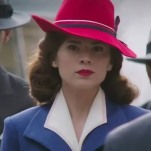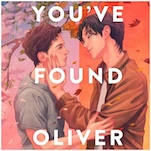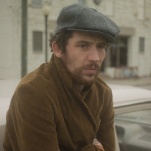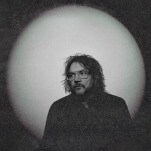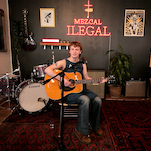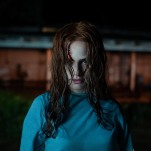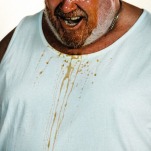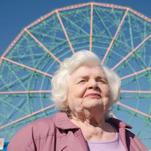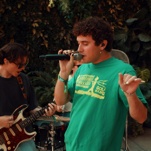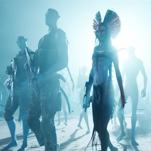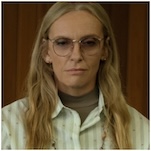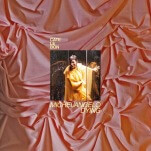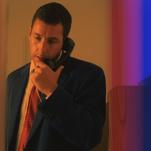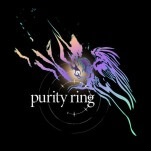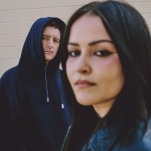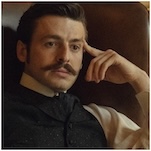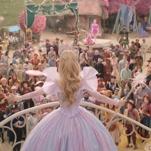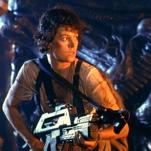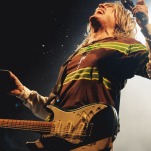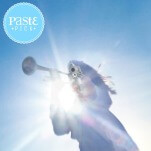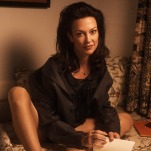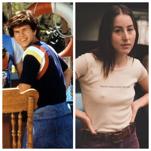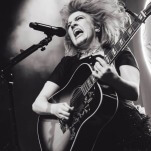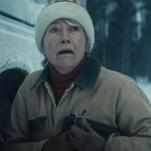State of the Art: MAD Magazine Icon Al Jaffee on His Favorite Fold-Ins
Photo by MAD/E.C. Publications; Illustrations by Al JaffeeFor half a century, Al Jaffee has been deceiving MAD Magazine readers. The cartooning legend uses a bag of illustrative tricks to defy expectation and presumption, crafting ingenious two-dimensional riddles with an insatiable creativity that’s only deepened through the decades. The Father of the MAD Magazine Fold-In, Mr. Jaffee transforms one scene into another through a simple series of creases, crafting an ingenious bridge between two concepts, the latter answering a query posed in the former.
Mr. Jaffee’s artistic accomplishments are nothing short of iconic (he also cartooned for the imprints that would become Marvel Comics, by the way). Among many, many accolades, he’s taken home the National Cartoonists Society Advertising and Illustration Award on three different occasions and was inducted into the Will Eisner Hall of Fame last year.
Instead of conducting a formal interview, we invited Mr. Jaffee to explain the thought process behind his favorite Fold-Ins from over the years. He certainly didn’t disappoint. Read on to discover how one of the world’s finest optical satirists creates his magic on a monthly basis.
![]()

MAD Magazine #87: Richard Nixon
Al Jaffee: The way it works is pretty much the way all freelance people work. The Richard Nixon Fold-In is the second fold-in. The first one was with Elizabeth Taylor and Eddie Fisher and Richard Burton. But the second one was not really supposed to happen, because I brought in the first one as a one-shot funny idea, with no concept whatsoever of it being a continuing feature. After the first one was published, a couple of weeks went by and the editor, Al Feldstein, came to me and said, ‘Alright, where’s the second Fold-In?’ And I said, ‘Al, there is no second Fold-In. This is a one-time gag idea, and a second one would be old hat.’ He said, ‘No no, I like it. The kids like it, the people who read it like it. You gotta give me another one.’
The first one was very simple. The picture didn’t change very much. It was just a matter of someone on the right, when you folded the page, moved over to join people on the left. When Feldstein insisted that I come up with a second one, I realized that you can’t keep doing the same thing over and over again, where something on the right folds over and meets something on the left.
So there happened to be a conflicted election of primaries. Barry Goldwater and Rockefeller were duking it out, and one was an ultraconservative and the other was a regular republican. I came up with the notion, of despite these two guys, who’s really going to get into the fray? I decided that I had to be pictorially and visually interesting; I created Richard Nixon’s face out of things in the background that you didn’t see in the open picture — but when you folded it over, Richard Nixon’s face was very prominent. It was a surprise answer. The message didn’t matter all that much at that point; it was really the pictorial slight of hand. That set the tone for me. Right there and then, I decided the only way this thing can be done is where one picture, after you fold it, turns into a completely different picture. Otherwise, there’s no surprise.

-

-

-

-

-

-

-

-

-

-

-

-

-

-

-

-

-

-

-

-

-

-

-

-

-

-

-

-

-

-

-

-

-

-

-

-

-

-

-

-






